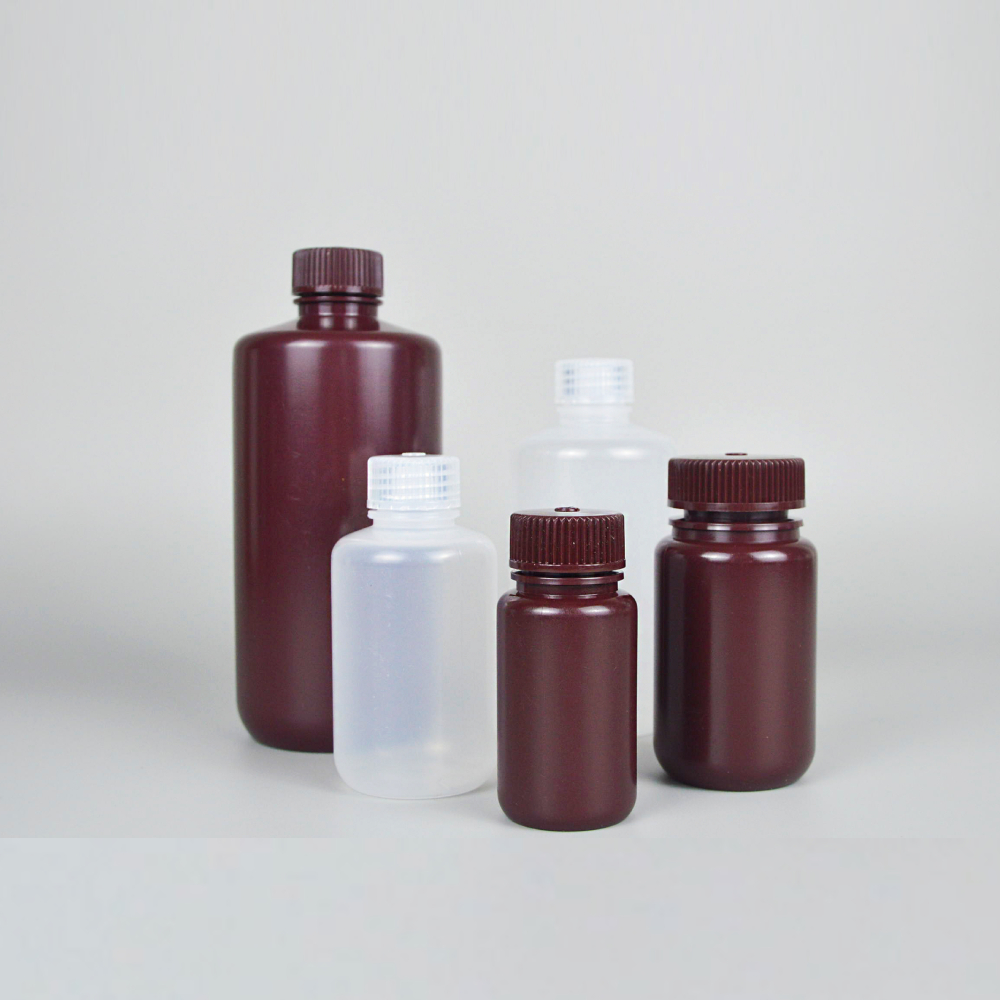
-
 Afrikaans
Afrikaans -
 Albanian
Albanian -
 Amharic
Amharic -
 Arabic
Arabic -
 Armenian
Armenian -
 Azerbaijani
Azerbaijani -
 Basque
Basque -
 Belarusian
Belarusian -
 Bengali
Bengali -
 Bosnian
Bosnian -
 Bulgarian
Bulgarian -
 Catalan
Catalan -
 Cebuano
Cebuano -
 Corsican
Corsican -
 Croatian
Croatian -
 Czech
Czech -
 Danish
Danish -
 Dutch
Dutch -
 English
English -
 Esperanto
Esperanto -
 Estonian
Estonian -
 Finnish
Finnish -
 French
French -
 Frisian
Frisian -
 Galician
Galician -
 Georgian
Georgian -
 German
German -
 Greek
Greek -
 Gujarati
Gujarati -
 Haitian Creole
Haitian Creole -
 hausa
hausa -
 hawaiian
hawaiian -
 Hebrew
Hebrew -
 Hindi
Hindi -
 Miao
Miao -
 Hungarian
Hungarian -
 Icelandic
Icelandic -
 igbo
igbo -
 Indonesian
Indonesian -
 irish
irish -
 Italian
Italian -
 Japanese
Japanese -
 Javanese
Javanese -
 Kannada
Kannada -
 kazakh
kazakh -
 Khmer
Khmer -
 Rwandese
Rwandese -
 Korean
Korean -
 Kurdish
Kurdish -
 Kyrgyz
Kyrgyz -
 Lao
Lao -
 Latin
Latin -
 Latvian
Latvian -
 Lithuanian
Lithuanian -
 Luxembourgish
Luxembourgish -
 Macedonian
Macedonian -
 Malgashi
Malgashi -
 Malay
Malay -
 Malayalam
Malayalam -
 Maltese
Maltese -
 Maori
Maori -
 Marathi
Marathi -
 Mongolian
Mongolian -
 Myanmar
Myanmar -
 Nepali
Nepali -
 Norwegian
Norwegian -
 Norwegian
Norwegian -
 Occitan
Occitan -
 Pashto
Pashto -
 Persian
Persian -
 Polish
Polish -
 Portuguese
Portuguese -
 Punjabi
Punjabi -
 Romanian
Romanian -
 Russian
Russian -
 Samoan
Samoan -
 Scottish Gaelic
Scottish Gaelic -
 Serbian
Serbian -
 Sesotho
Sesotho -
 Shona
Shona -
 Sindhi
Sindhi -
 Sinhala
Sinhala -
 Slovak
Slovak -
 Slovenian
Slovenian -
 Somali
Somali -
 Spanish
Spanish -
 Sundanese
Sundanese -
 Swahili
Swahili -
 Swedish
Swedish -
 Tagalog
Tagalog -
 Tajik
Tajik -
 Tamil
Tamil -
 Tatar
Tatar -
 Telugu
Telugu -
 Thai
Thai -
 Turkish
Turkish -
 Turkmen
Turkmen -
 Ukrainian
Ukrainian -
 Urdu
Urdu -
 Uighur
Uighur -
 Uzbek
Uzbek -
 Vietnamese
Vietnamese -
 Welsh
Welsh -
 Bantu
Bantu -
 Yiddish
Yiddish -
 Yoruba
Yoruba -
 Zulu
Zulu
injection bottle with rubber stopper
The Importance of Injection Bottles with Rubber Stoppers
In the world of pharmaceuticals and laboratory research, the use of injection bottles is a critical component in the storage and delivery of various substances, such as medications, reagents, and other solutions. Among these containers, injection bottles equipped with rubber stoppers play a significant role in ensuring the safety, efficacy, and integrity of the substances within.
The Design and Functionality of Injection Bottles
Injection bottles are typically made from glass or high-density polyethylene (HDPE), materials that offer excellent chemical resistance and stability. The inclusion of a rubber stopper is critical as it provides an airtight seal, preventing contamination and degradation of the contents. This feature is especially important for sensitive compounds that may react with moisture or air. The stopper also allows for the easy withdrawal of solutions via a syringe without removing the cap, maintaining a controlled environment.
The design of these bottles is not arbitrary; it is grounded in the principles of safety and practicality. For instance, many injection bottles are designed to be multi-use. Unlike single-use vials, multi-use bottles can accommodate several withdrawals, making them more economical for laboratories and healthcare facilities. The rubber stopper can withstand multiple punctures, allowing for repeated access while still maintaining the integrity of the seal.
Advantages of Using Rubber Stoppers
Rubber stoppers are favored in the pharmaceutical industry for several reasons. Firstly, rubber offers excellent elasticity and memory, allowing the stopper to return to its original shape after being punctured. This elasticity is vital for maintaining a hermetic seal, thus ensuring that the substance remains uncontaminated over time.
injection bottle with rubber stopper

Additionally, rubber stoppers provide compatibility with a wide range of solutions, including those that are aqueous, organic, and corrosive. This versatility means that they can be employed in various applications, from storing standard saline solutions to keeping volatile solvents safe from exposure to the environment.
Moreover, the materials used for rubber stoppers can be selected based on the specific requirements of the contents. For example, silicone rubber stoppers are often utilized for biological substances due to their superior chemical resistance and lower extractable levels compared to natural rubber.
Ensuring Safety and Quality
Safety is paramount in pharmaceutical and laboratory settings, making the choice of containers and closures immensely critical. The use of injection bottles with rubber stoppers helps mitigate risks associated with contamination and degradation of substances. Labels and barcodes affixed to these bottles enhance traceability and identification, ensuring that users can quickly and accurately verify the contents.
Moreover, during the manufacturing process, these injection bottles often undergo rigorous quality control measures and sterilization protocols to ensure that they meet industry standards. These processes help prevent any potential adverse reactions or contamination that could compromise the effectiveness of the solutions stored within.
Conclusion
In summary, injection bottles with rubber stoppers are indispensable tools in the pharmaceutical and laboratory industries. Their design enables safe, reliable storage and delivery of sensitive materials, while the rubber stoppers provide an excellent sealing solution that maintains the integrity of the contents. As research evolves and the demand for new medications and compounds increases, the role of these injection bottles remains crucial in advancing scientific discovery and ensuring patient safety. Ultimately, the attention to detail in the design and production of these bottles reflects a commitment to quality that supports the entire healthcare ecosystem.
-
Premium 200ml Medicine Bottles – Leakproof Dropper & Spray Options at Best PriceNewsJul.05,2025
-
PTFE Centrifuge Tubes - Chemical Resistant, Leak-proof, Ideal for Laboratory UseNewsJul.05,2025
-
Premium Metal Dropper Bottle for Precise Dispensing 250ml & 1ml Options AvailableNewsJul.04,2025
-
20 ml Headspace Vials - High Quality Polyethylene & Plastic Vials for Lab UseNewsJul.04,2025
-
Small Bottle with Pipette - Precise Dispensing 100ml Pipette Bottles for Essential Oils & Lab UseNewsJun.24,2025
-
Acetic Anhydride Bottle for Accurate Dropper Measurement in Pharmacy Use High-Quality Dropper BottlesNewsJun.10,2025






















